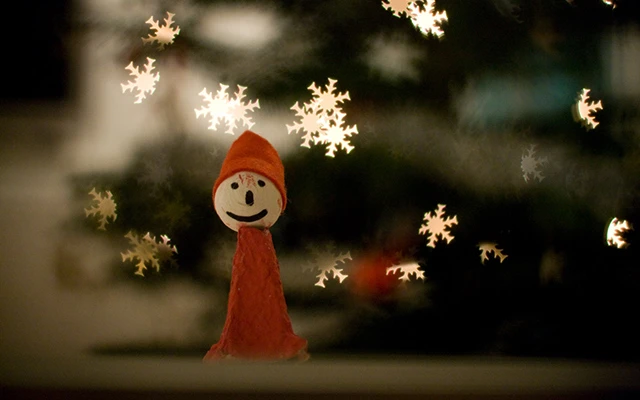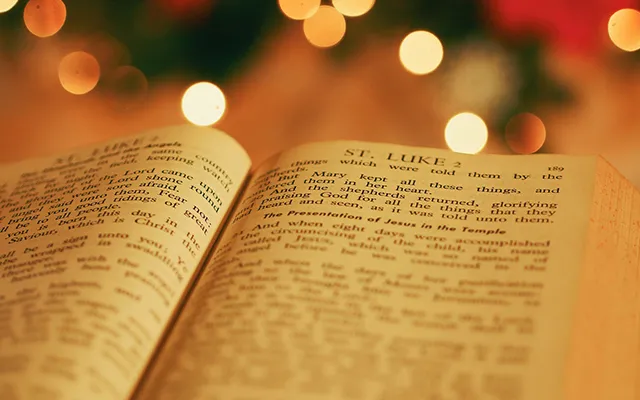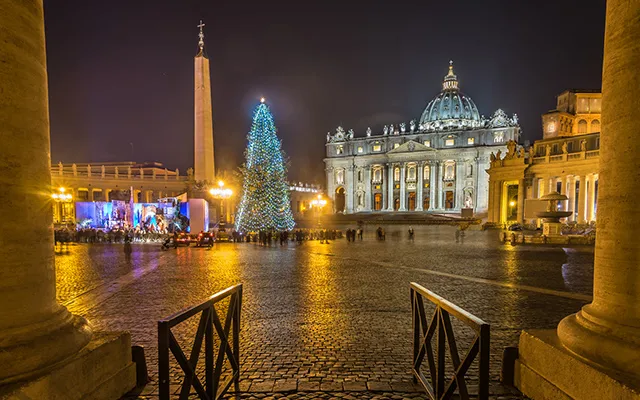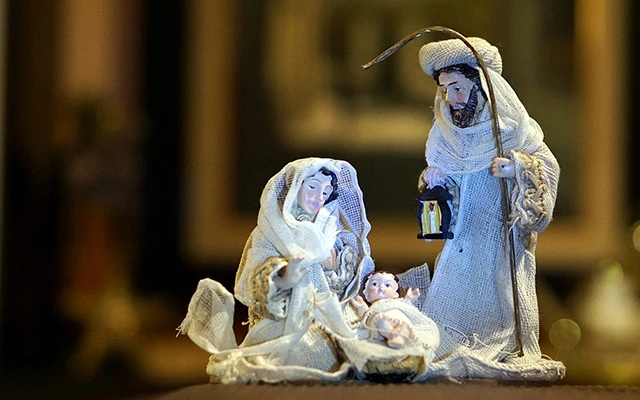Distinctive Christmas traditions around the world
Discover some of the more peculiar, bizarre and unique traditions that characterize Christmas celebrations in different parts of the world.
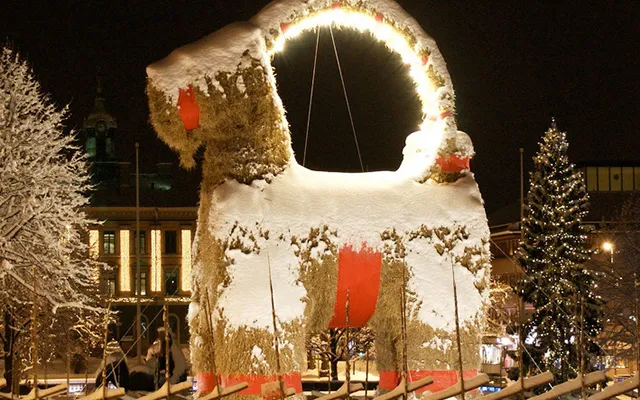
Las Posadas, Mexico
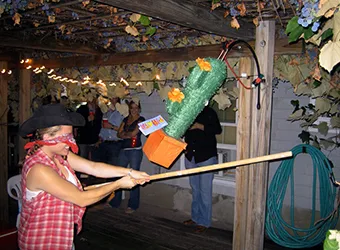
Las Posadas is a very characteristic Mexican tradition followed in Mexico and other Latin American countries.
The tradition came to Mexico with the Spanish colonization, but there were also similar Aztec festivities during the Mesoamerica era. It is also called novena since it is observed for nine days starting on the 16th of December and finishing at Christmas Eve on the 24th of December. The nine-day celebration represents the nine-month pregnancy of the Virgin Mary. Etymologically, "Las Posadas" means lodging or accommodation in Spanish and refers to the inn in the story of the nativity of Jesus.
The celebration is a re-enactment of the journey of Mary and Joseph to Bethlehem and their effort to find accommodation. Two people dressed up as Mary and Joseph, followed by a group of children and parishioners, go door to door across the village asking for permission to enter the house. Rosary prayers and carols, as well as delicious food and games, are significant elements of those home-celebrations.
The most popular game is the "piñata". During that, the participants target to break a paper or cloth-made container (hanged by the ceiling or a tree) and gather the small toys and candies included in the piñata. A typical end of those party nights can include some fireworks shows.
The Giant Lantern Festival, Philippines
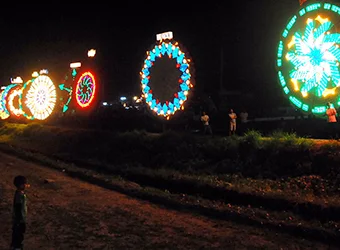
Being one of the predominantly Catholic countries in Asia, the Philippines are well-known for the longest Christmas celebration in the world. Practically the Christmas period kickoff is placed on the 1st of September when the first Christmas carols are heard.
Despite the tropical climate, common elements related to this great festival of Christianity such as Christmas trees, lights and the Santa Claus dominate public and home decorations.
The Giant Lantern Festival is one of the most spectacular Christmas celebrations held in national level. It takes place in the city of San Fernando on the Saturday before Christmas and features a competition of giant lanterns. The festival dates from 1908 and attracts many visitors from all over the country and across the world.
People from eleven different villages (barangays) are taking part in the competition that rewards the most beautiful and sophisticated lantern. The lanterns are made from Japanese origami paper and other materials while they are lightened electric bulbs which highlight their patterns. This Christmas festival gained plenty of recognition during the years and the city of San Fernando is nicknamed as the "Christmas capital of the Philippines".
La Befana, Italy
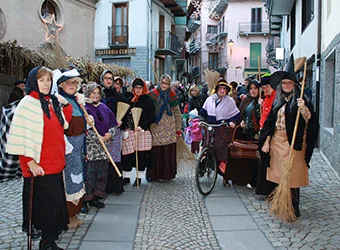
The Christmas season in Italy lasts for three weeks starting 8 days before Christmas and finishing on the 6th of January with the feast of Epiphany.
In popular Italian folklore, the celebration of Epiphany is related with the arrival of the "Christmas Witch" named La Befana. The witch gets her name from the feast of Epiphany itself and she is portrayed riding her broomstick through the air. She wears a black shawl, while most of the times her clothes are covered with soot since she enters the houses through the chimneys.
As it can be easily understood, La Befana is an old woman who brings the Christmas presents to the children. She acts in a similar way like St. Nicholas and Santa Claus in other popular beliefs with the difference that the young Christmas observers in Italy have to wait until the 6th of January in order to receive their gifts.
Befana starts her journey on the night of the 5th of January and by the next morning passes by all the houses and fills up children's socks with candies and presents if they were good during the year or a piece of coal or black candy if they were not good. Apart from the socks, the family leaves a glass of wine and some food waiting for Befana's visit. Before leaving the house, Befana would sweep the floor, an action that symbolizes "sweeping away" the problems of the year for the whole family.
